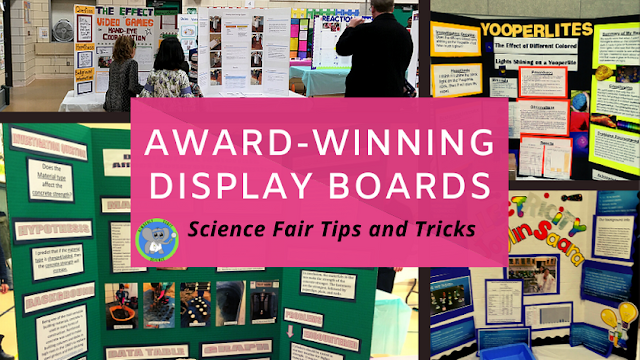Egg Drop Challenge
The egg drop challenge is a popular activity in science and STEM classes. The basic directions are to build a container that will protect the egg when dropped from a high height. These basic directions are lots of fun, but if we truly want to make it a STEM activity, we need to relate it to the real world.

To relate it to STEM, I found an activity on NASA. Instead of making it an egg drop, the students were told they had been asked by NASA to come up with a way to safely land a Mars Rover. They don't want any of the expensive components to break. The egg would be modeling the rover. This gave them a real-world context.
My students had a great time with this activity. I teach a variety of ages, so there were some challenges. I learned that it is much easier when students know how to blow up their own balloons and tie them. They also had trouble putting the string through the holes for the parachute. We also learned taping a balloon to the sides is not the best way.
Most importantly, we discovered that you learn just as much from your failures as you do your successes.
Here is what we did.
 Engage: I engaged the students by showing them how strong an egg is. We talked about how the curved shape helps spread the force evenly. We also talked about how they are fragile if you tap on them. We then placed cans on top of 4 eggs to show their strength. This always gets them focused.
Engage: I engaged the students by showing them how strong an egg is. We talked about how the curved shape helps spread the force evenly. We also talked about how they are fragile if you tap on them. We then placed cans on top of 4 eggs to show their strength. This always gets them focused.The students got to work. This was a very open-ended exploration. They could build it any way they wanted to.
Supplies: I provided lots of different supplies. Different-sized boxes, lots of tape, zip ties, plastic bags, packing material, foam, newspaper, whatever you can find. Many students had success, and many learned that their containers needed less mass and a way to slow down. I wish I had a video, but I was too busy dropping the containers.



Testing: They test the first prototype by dropping it from the height you have chosen.
Design 2: Now it is time to learn about the actual one NASA created. We discussed their designs. What worked? What did not work? Then we watched the rest of the video. The students enjoyed seeing the actual design. Here is another great video.
After watching, the students can redesign and test again. How many times you design and test is up to you. In the classroom, they usually get to make 2 designs. At home, they may create over and over again.
Other References:
Nasa no longer has the original lesson we used. Here is a link to another one.
The kids just love it. Very memorable. Have fun landing on Mars safely.




